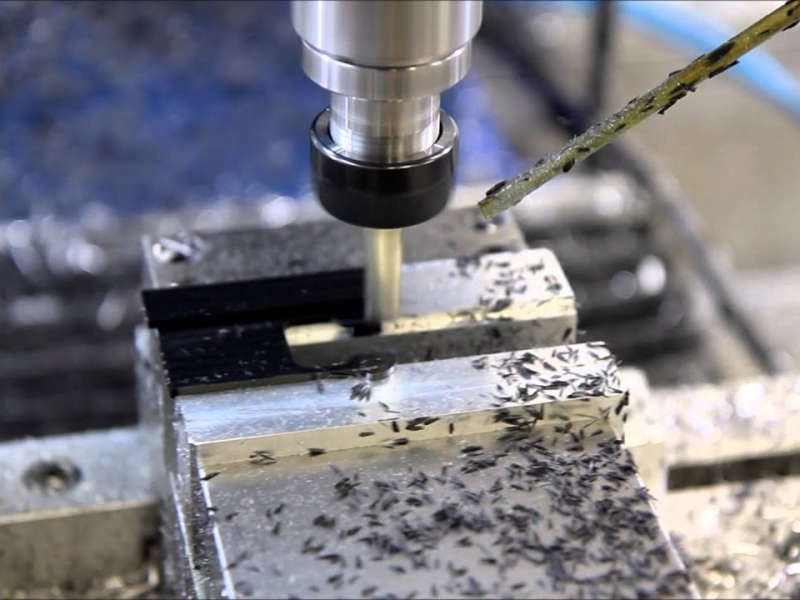


As an engineer, in the machining of precision parts, how to improve the finish of the parts?
We need to check the fixtures and other equipment to make sure they are sturdy and not causing harmonic issues or vibration during handling. We need to make sure that unnecessarily long equipment is not used. These devices can easily turn into junk or increase the chance of waste. During high speeds, we need to make sure to use average quality equipment that has been rated for the programmed rpm applied. But what if all of the above are fine?
Research the following options:
1. Control chip: chip thinning is the main factor for excellent surface brightness. A control chip is probably the first thing you should look into. If the chips come into contact with the workpiece during machining, or if the chips are cut from scratch, the surface brightness can be negatively affected. Investigate the possibility of changing the chipbreaker style to help break down the chipbreaker for better control.
While using air and coolant is a good option for chip removal, be careful with coolant. Avoid using coolant when cutting intermittently. Due to intermittent heating and rapid cooling of the cutting edge, thermal cracks can develop in the cutting edge...and can lead to premature insert failure, possibly due to overstressed cutting edges and failures affecting your surface brightness, at least initially .
2. Acceleration: This is more and more the case when using carbide tools. The increased speed will ensure that the material is in contact with the tip for less time...thereby reducing edge build-up on the tool, which can result in poorer surface brightness. Increasing the rake angle of the cutting tool also helps reduce and control edge build-up.
3. Apply an accurate nose radius: a larger nose radius will suit faster speeds. The inserts can feed about half the TNR per revolution and still deliver excellent results. If the TNR to IPR ratio is exceeded, the device will create more "linear" surface brightness than the desired color and smooth surface. So, the larger the TNR, the faster the feed rate it may contain and still have the intended consequences. However, using a lot of TNR can cause chattering – reduce cutting pressure – so pay attention and research the speed you need to cut the stock – use the TNR equipment that meets your needs.
It's also worth mentioning that using a larger nose radius means you have to set aside more material for finishing. In order to ensure the normal operation of the equipment, the TNR must be equal to or greater than the TNR to complete the disassembly of the equipment.
If you experience corner waste, you may want to try a smaller TNR. Always apply a TNR smaller than the corner radius to be cut so that you can "create" the desired radius, and more so on finishing equipment. This will help reduce cutting pressure and eliminate chatter.
When milling, try using a fillet or ball end mill instead of a flat end mill. A device with a corner radius will give you more brightness in sharp corners and will undoubtedly help extend tool life.
4. Try to insert the wiper as far as possible: . There is a small flat area near the tip radius of the wiper blade insert. This plane essentially "wipes" the brightness as the device feeds along the workpiece, and helps to eliminate the linear brightness that faster feed rates might encounter – this allows the use of a smaller TNR to aid jitter control.
5. Add the lead angle of the tool. Higher chamfer and positive deflection inserts produce better surface brightness than tools with smaller cutting angles. For example, a face mill with a 45° cutting angle will produce better surface brightness than a face mill with a 90° cutting angle.
6. Eliminate wandering and pauses: Precision part machining leaves all traces every time the equipment stops moving while touching the part surface. Change the process if necessary, but make sure the tool never stops or hesitates during the cut.